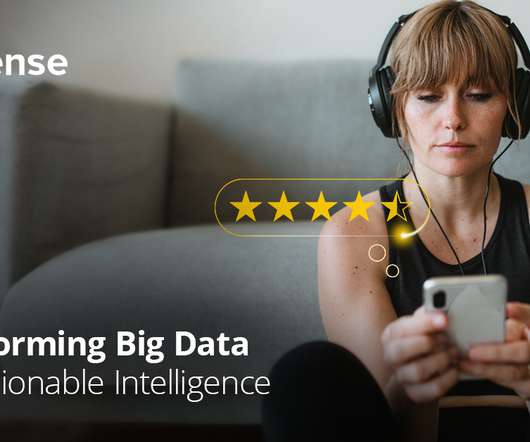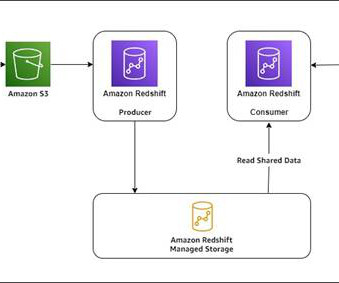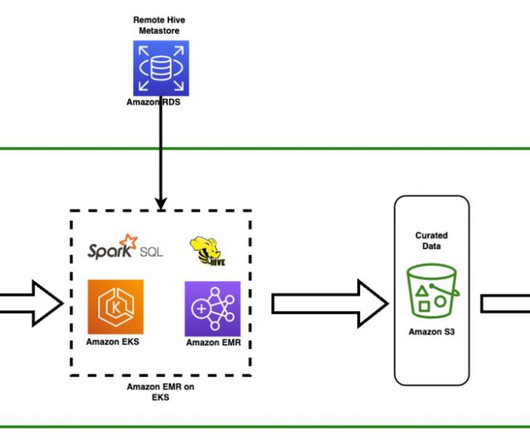Transforming Big Data into Actionable Intelligence
Sisense
MARCH 14, 2021
Looking at the diagram, we see that Business Intelligence (BI) is a collection of analytical methods applied to big data to surface actionable intelligence by identifying patterns in voluminous data. As we move from right to left in the diagram, from big data to BI, we notice that unstructured data transforms into structured data.















Let's personalize your content